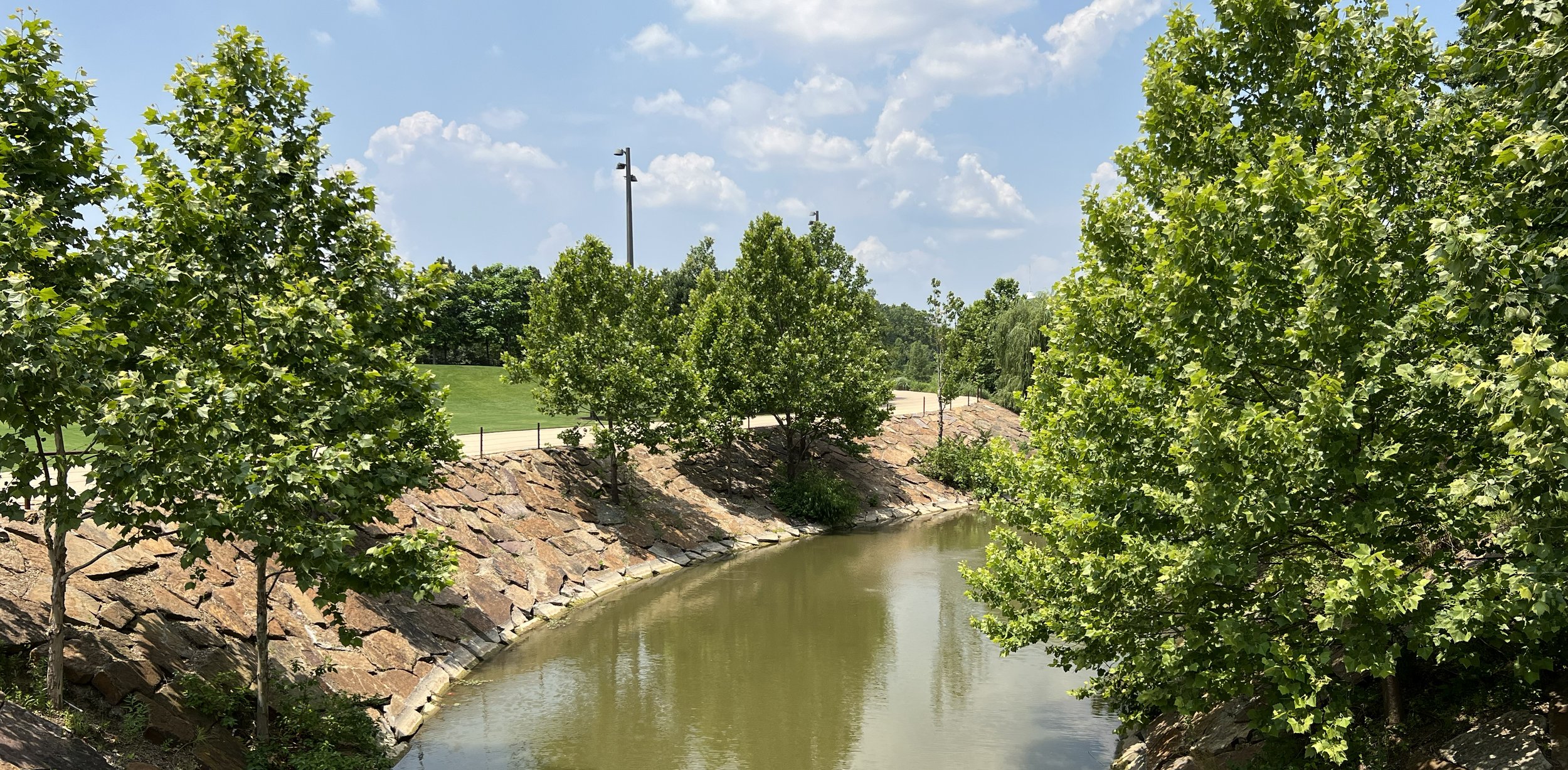
Civil & Environmental

JONESPLAN stands uniquely positioned to excel in Civil and Environmental projects, drawing on our extensive experience and expertise in landscape construction. Our holistic approach to working outside has honed our ability to navigate complex project dynamics, collaborate with diverse stakeholders, and integrate cutting-edge technologies, all while prioritizing environmental stewardship. With a proven track record in executing aesthetically pleasing, functional, and ecologically sensitive outdoor spaces, we have a unique ability to create spaces that thrive and endure.
Our mitigation initiatives include improvements to both urban and rural waterways. By working with local municipalities, we have completed civil improvements, habitat enhancement, and beautification of urban aquatic ecosystems. Through strategic partnerships with landowners, we have effectively stabilized rural riverbanks while navigating the presence of endangered species and creating new habitats for additional wildlife. Both types of projects tackle the dual challenge of environmental protection and structural enhancement.
JONESPLAN's well-established reputation across various aspects of outdoor construction frequently positions us as the choice for notable projects that mirror the complexities inherent in typical civil and environmental endeavors. For instance, our ongoing involvement along the Arkansas River entails stabilizing the riverbank, restoring the soil profile, revegetating the slopes, and revitalizing the public areas along a flood-affected segment of the river, showcasing our hands-on commitment to this important public improvement initiative.
Our array of bonded civil projects underscores JONESPLAN’s diverse capabilities. Noteworthy among these accomplishments are the enhancement of detention facilities, the revitalization of a small-town airport, parking and streetscape improvements, the restoration of a dam, and the creation of a zoo exhibit, to cite just a few.
JONESPLAN’s typical projects consistently feature distinctive challenges that often mirror many of the same construction methodologies used in civil and environmental projects. Our foundation is built on precision, innovation, and a commitment to preserving the environment, and JONESPLAN confidently extends our expertise to Civil and Environmental projects.


Projects of Note






